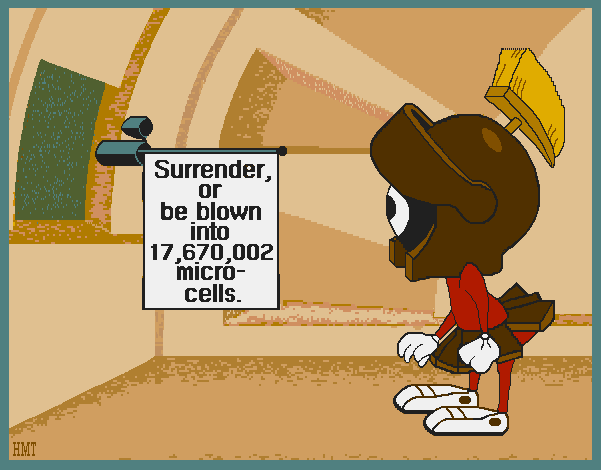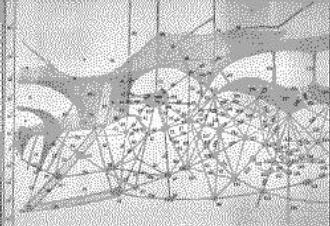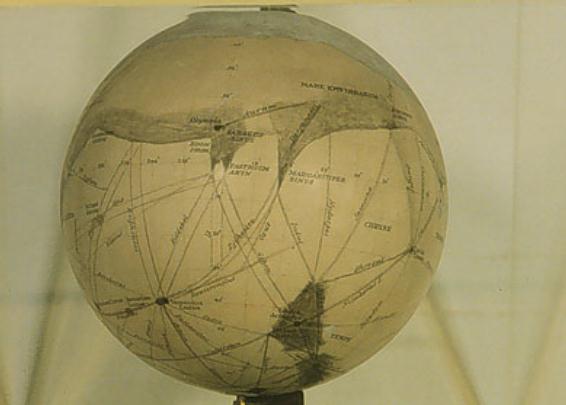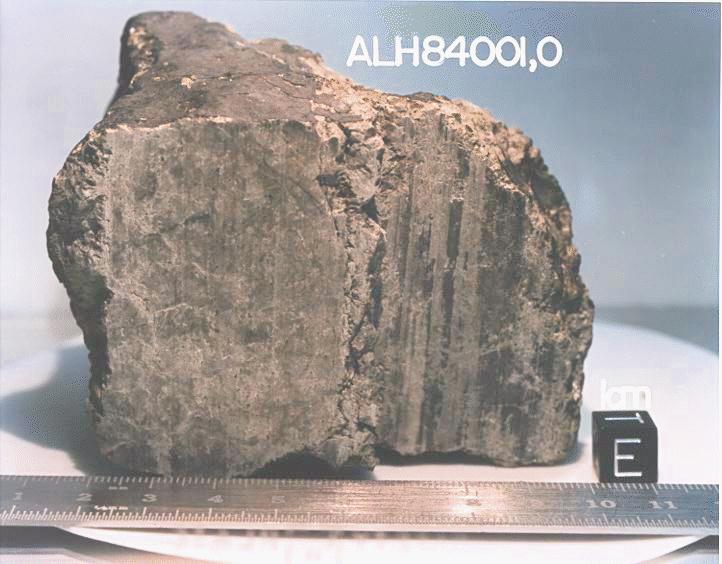The Martians are Coming, The Martians are Coming









Orson Welles 1939 broadcast of Martians invading New Jersey only served to perpetuate the mythology of the Martians. Unfortunately, the media really does have a powerful effect on people.
The Viking Lander Mission on Mars (1976) sampled the soil and found evidence of a highly chemical reactive soil and environment. There was no unambiguous evidence for biological processes. Worse still was the mass spectrometer measurements which detected no organic molecules down to a concentraction of less than 1 part in 10 million.
Searching for Life in the Martian Top Soil:
The Viking Landers primary mission was to test for microbial life in the Martian soil. They landed at latitudes of 23 and 48 degrees. There were three identical experiments on board each lander designed to see if anything in the soil did the following:
The Three Experiments and the results are the following:
An excellent summary of the Viking Lander Experiments can be found in a article in Scientific American in 1977 by Horowitz. A brief summary is given below:
The major flaw associated with the Viking Lander experiments is that they could only access the topsoil. As this is the product of wind blown dust, it is possible it has become sterile by this process. Hence, it is desireable to return to Mars and sample deep into the soil, down near the bedrock, to test for the presence of organic matter.
So what about the Martian Meteorite?

By analogy with the development of early life on the earth, starting which chemical processes that synthesized organic molecules and rained them into the oceans, we believe that oceans are required for the development of early life:
Was there water on Mars?
The ability for liquid water to exist on the Martian surface depends upon the atmospheric pressure. Current atmospheric pressure is 1/1000 that of the earth - way to thin of atmosphere for water to exist.
Note that the most recent NASA radar measurements (from July 2007) indicate that there is enough frozen water on mars to flood it uniformly to a depth of 11 meters. This is approximately 10 times more available water than previously thought.
However, in the early history of Mars there was enough Carbon Dioxide present to form an atmosphere that was 2 times as thick as the present day atmosphere of the Earth (note the early earth's atmosphere was 50 times its present capacity).
At this pressure, water could exist as a liquid on the Surface. The question is, how long did these "oceans" exist. On earth we know it took 800 million -- 1 billion years for the first cells to evolve. It is highly unlikely that oceans on Mars existed for that long - it is mostly likely that they only existed for a few 10's of millions of years before the atmospheric pressure lowers to the point that liquid water can longer be sustained
Where does the atmosphere go?
 but the more recent measurements
suggest very low concentration of frozen CO2 in the Martian polar
caps. This is a critical blow to the idea that Mars was once warm and wet.
but the more recent measurements
suggest very low concentration of frozen CO2 in the Martian polar
caps. This is a critical blow to the idea that Mars was once warm and wet.
The most probably explanation of the morphological features seen in the Martian Meteorite is a chemical reaction. Factors that work against the biological interpretation are the following:

The soil about one-inch into the surface layer is alkaline, with a pH between
8 and 9 and it appears to contain magnesium, sodium, potassium, and chloride
 this is highly similar to many soils on the Earth.
this is highly similar to many soils on the Earth.
Overall, the soil appears to have sufficient nutrients to potentially support microbial life.
But the most encouraging aspect of potential microbial life on Mars comes from our increasing understanding that life thrives in hydrothermal ocean vents.
The principle energy source is the processing of hydrogen sulfide (H2S) by bacteria. This leaves behind rich deposits of sulfur.
The
most significant aspect of this is that its now clear that life can form in
a way that is independent of the Energy of the Sun  This
is a Big Deal
This
is a Big Deal
But of course, its only true if its on YouTube.
And this is very much an Alien world, on the Earth, which should remind us all that there is much more to know.